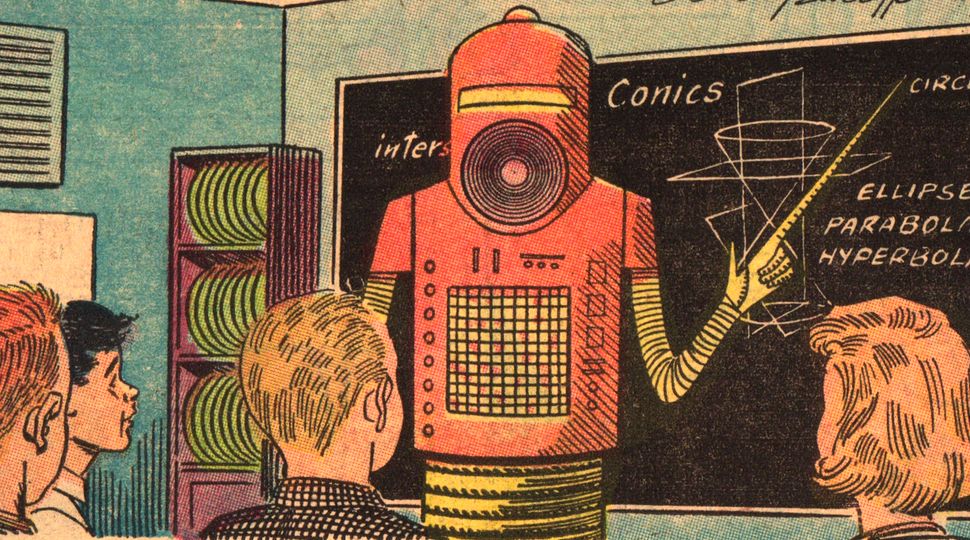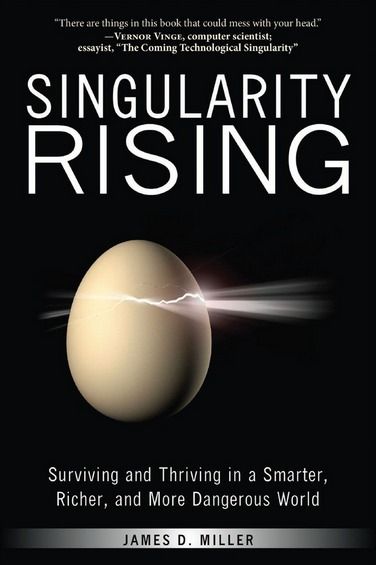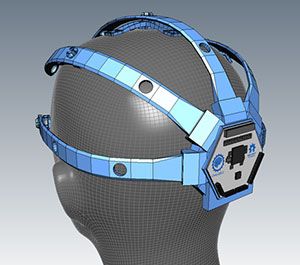Jan 17, 2014
News Jan 17 AT 11:21 AM Brooks Barnard 8 Comments Google[x] developing smart contact lenses for diabetics and their phones
Posted by Seb in category: biotech/medical
Brooks Barnard — Android and Me
I think I’m a pretty healthy guy. I eat well. I exercise. No real serious health problems. But about a half a year ago my life changed in a big way. I had no idea that at the ripe old age of 28 one could be diagnosed with type 1 diabetes, but there I was at the doctors office with a blood glucose level that was through the roof and a no longer working pancreas.
I’m now insulin dependent. Type 1 diabetes can’t be controlled by diet and I need to check my blood sugar levels several times a day and give myself insulin injections to make sure my levels are acceptable. If it goes too low, I run the risk of passing out and dying. If I run too high for long periods of time I run the risk of all sorts of health issues down the line including lost digits and limbs. So as you can see, it’s in my best interest to closely monitor and control my blood sugar levels. In practice, treating type 1 diabetes is a giant balancing act that involves carb counting and needles and any new technologies available could make a huge difference to those affected by the disease.


 James D. Miller’s Singularity Rising is an interesting starter book for proto-transhumanists and will be a must have book for all transhumanists interested in rational and scientific approaches to transhumanism. Along with
James D. Miller’s Singularity Rising is an interesting starter book for proto-transhumanists and will be a must have book for all transhumanists interested in rational and scientific approaches to transhumanism. Along with 


 The phrase “
The phrase “







